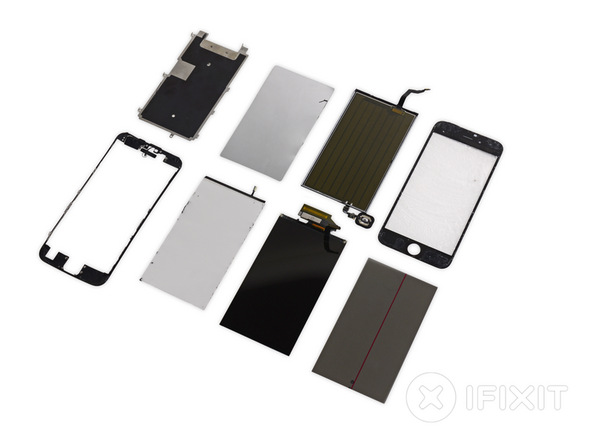Shortly after the release of the iPhone 6s and iPhone 6s Plus, iFixit was able to take them apart and examine the changes made
It turned out that there are a lot of interesting things insidea lot, and recently they did another analysis of the iPhone 6s, this time entirely dedicated to the phone’s display. Of particular interest, of course, is the 3D Touch technology implemented in the display of the new iPhone.
Disassembly was carried out in 12 steps.It was decided not to provide a repairability rating, as iFixit usually does, with the following reasoning: “This disassembly will not include a repairability rating, since the process of disassembling and assembling the screen is best left to professionals with their special (and cool) tools.&# 8221; The final, thirteenth, step demonstrates the eight different layers that Apple uses to assemble the entire display.


Here is what happened. The disassembly results showed that the 3D Touch sensor is installed in the far part of the display panel, and therefore, according to them, it is quite simple to separate it from the backlight, digitizer and the display itself. Moreover, the cable for the Home button has been replaced by a track running along the 3D Touch, so you don’t have to deal with the cable when fixing the screen.
Well, about the new touchpad:
“The touch panel isa grid of rectangular capacitor boards connected to the power controller with thin tracks. These boards would be too large for a touch sensor, but their job is not to track your finger on the screen, since that's what the digitizer does now. These sensors are designed to measure the distance to the finger, or, what is the same, the force of pressure on the screen.”
Apple stuffed a bunch of technologically advanced pieces into the display of the new iPhone 6s and 6s Plus, and disassembly from iFixit sheds light on them.
[iFixit]